You are here
New Releases
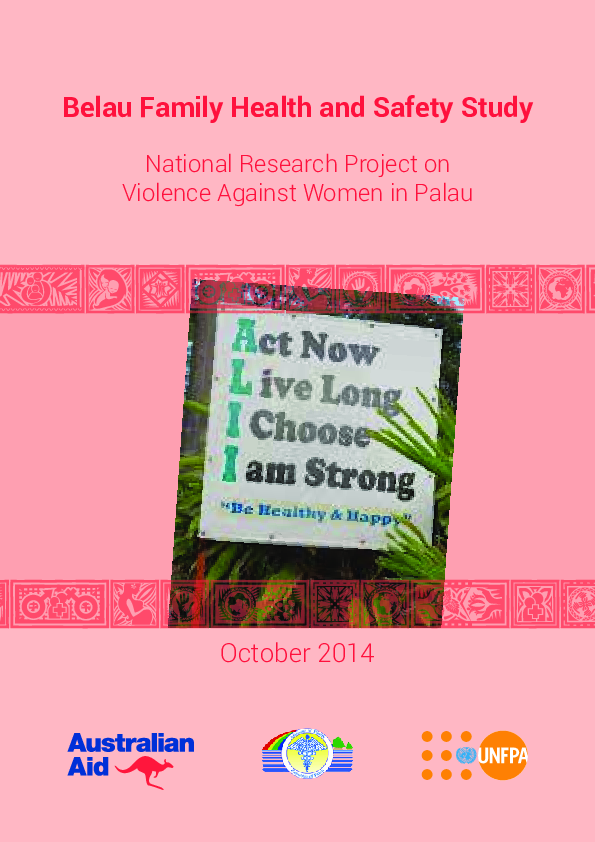
Belau Family Health and Safety Study
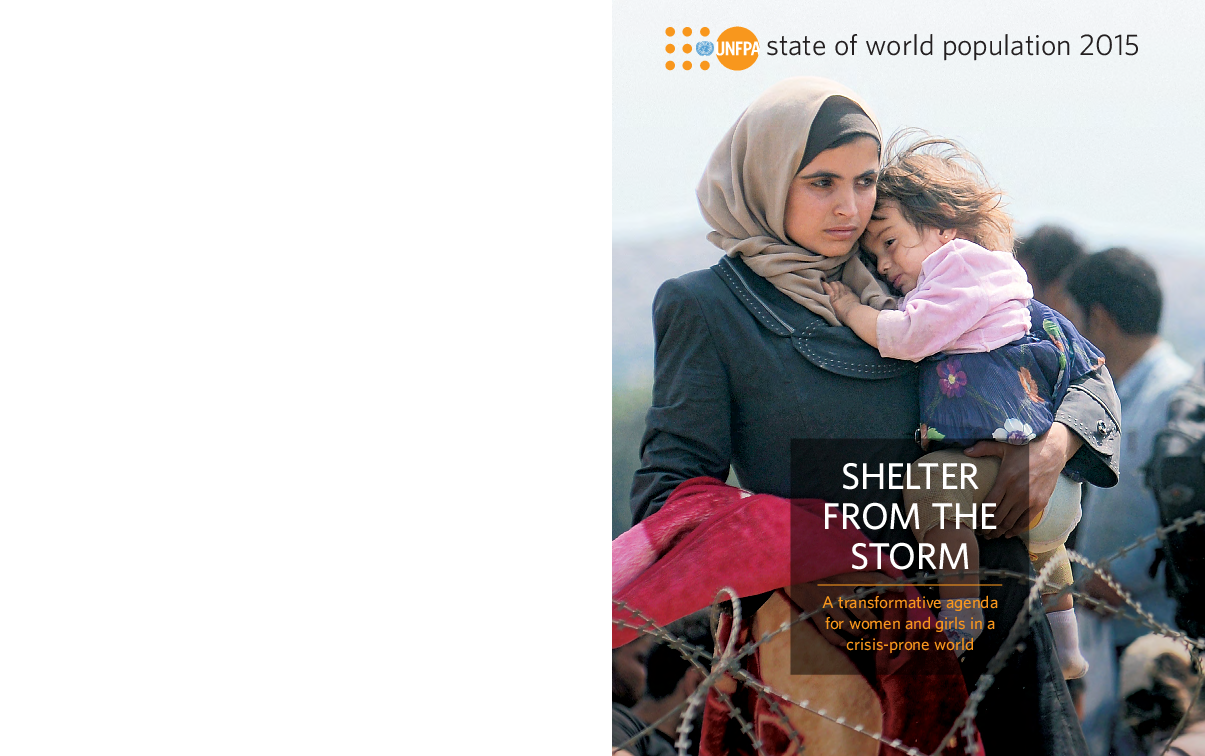
Shelter from the storm: a transformative agenda for women and girls in a crisis-prone world
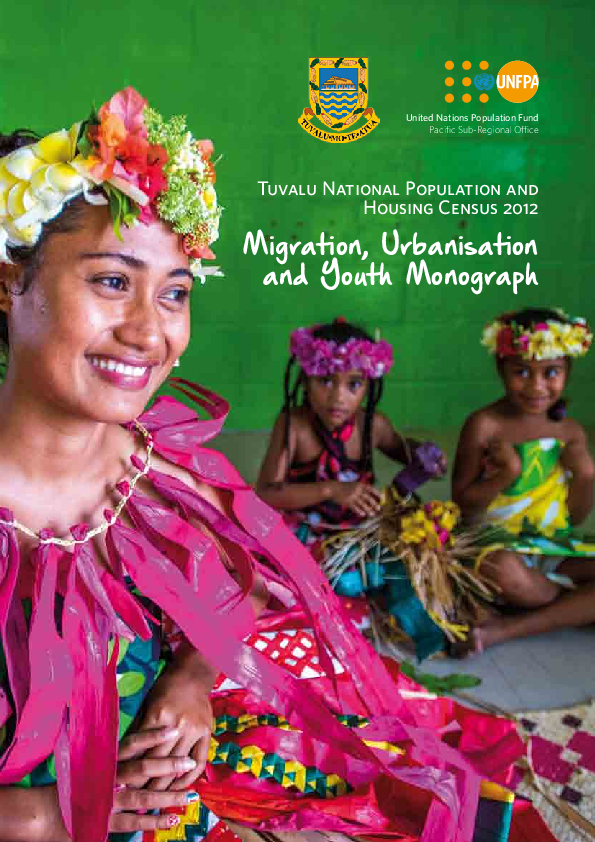
Tuvalu 2012 National Population & Housing Census Migration, Urbanization and Youth Monograph Report
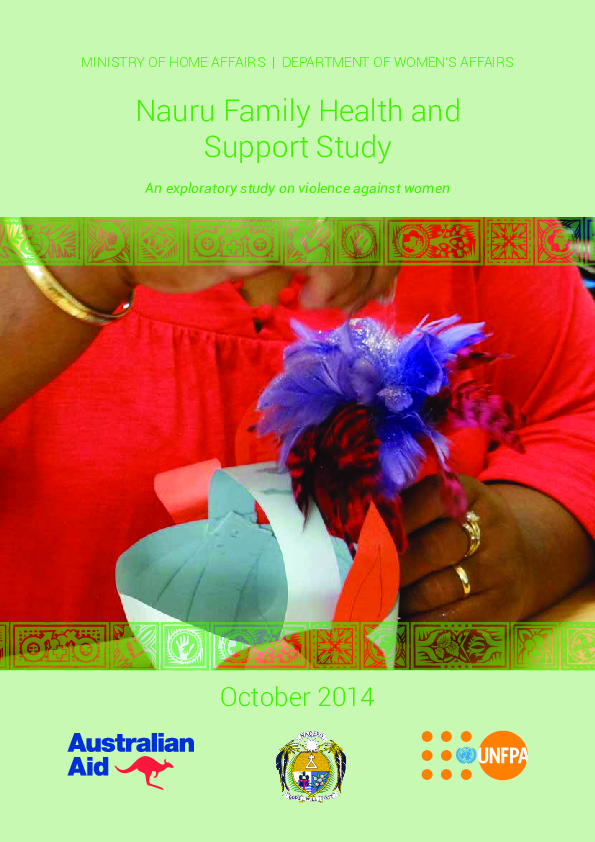
Nauru Family Health and Support Study
The Nauru Family Health and Support Study aimed at obtaining reliable information on violence against women (VAW), its characteristics, and consequences. Although the study initially sought to collect a nationally representative sample of women aged 15-64, due to a low response rate, its findings are derived from a reduced sample of eligible womenin a small group of districts. The findings of this exploratory study, however, provide a preliminary understanding aroundVAW in the country and serve as a limited evidence base to create awareness campaigns and education programs around gender roles and VAW. This exploratory study also provides important learning for future quantitative studies on VAW in Nauru.
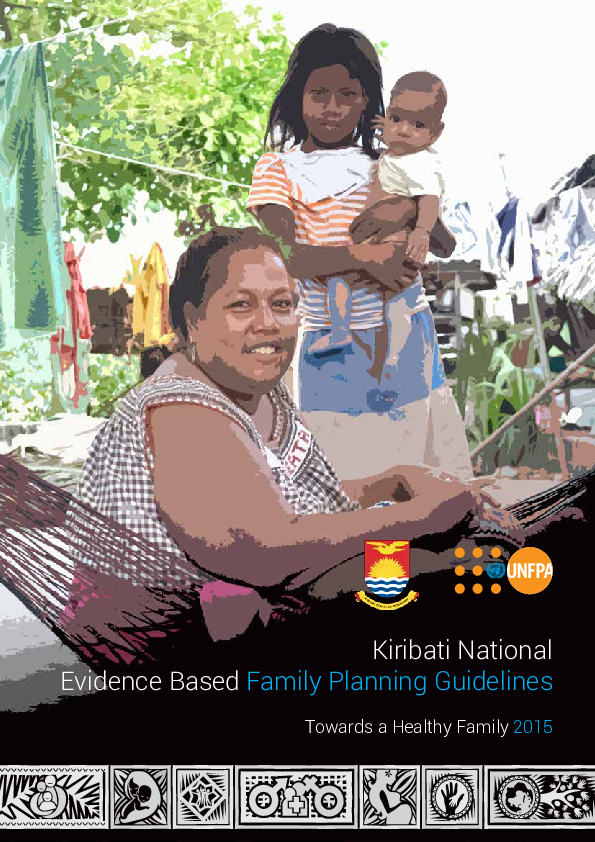
Kiribati Family Planning Guideline
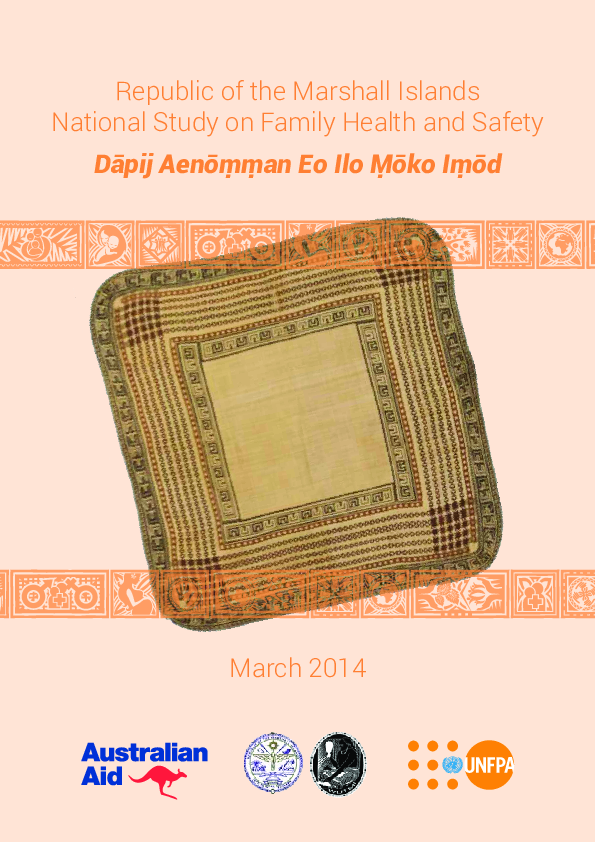
RMI National Study on Family Health and Safety
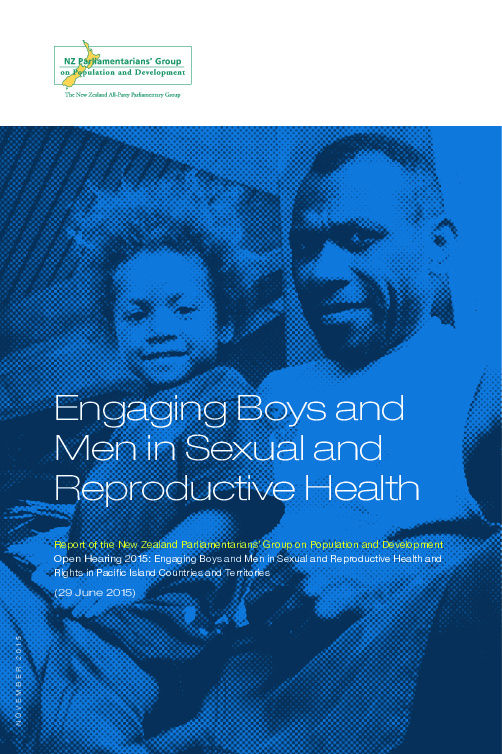
Engaging Boys and Men in Sexual Reproductive Health
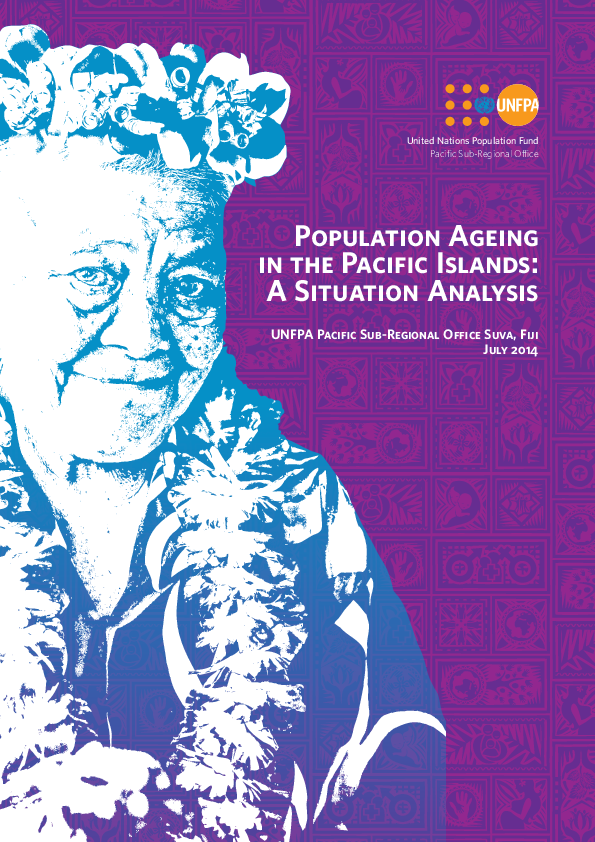
Population Ageing in the Pacific Islands: A Situation Analysis
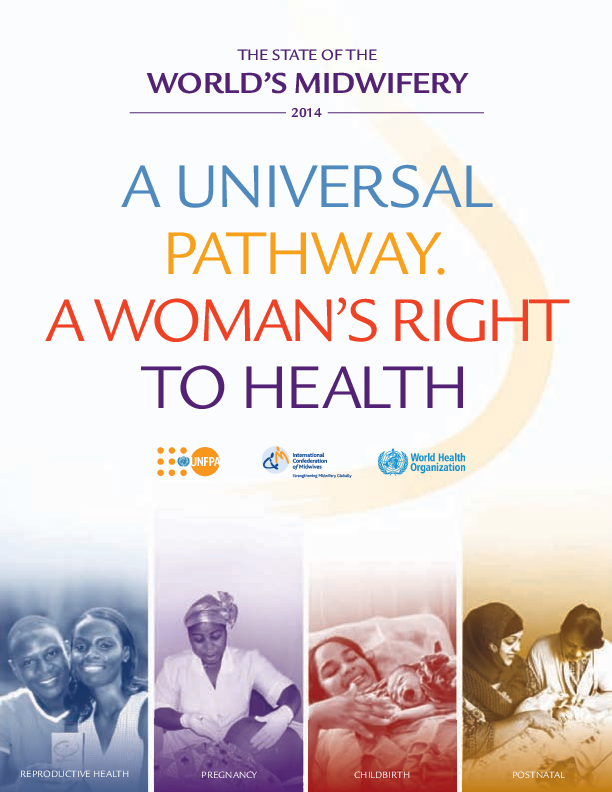
The STATE OF THE WORLD’S MIDWIFERY 2014
The State of the World’s Midwifery 2014 documents growing momentum since the first call to action in the 2011 report. Every year, more governments, professional associations and other partners are acting on the evidence that midwifery can dramatically accelerate progress on sexual, reproductive, maternal and newborn health and universal health coverage.
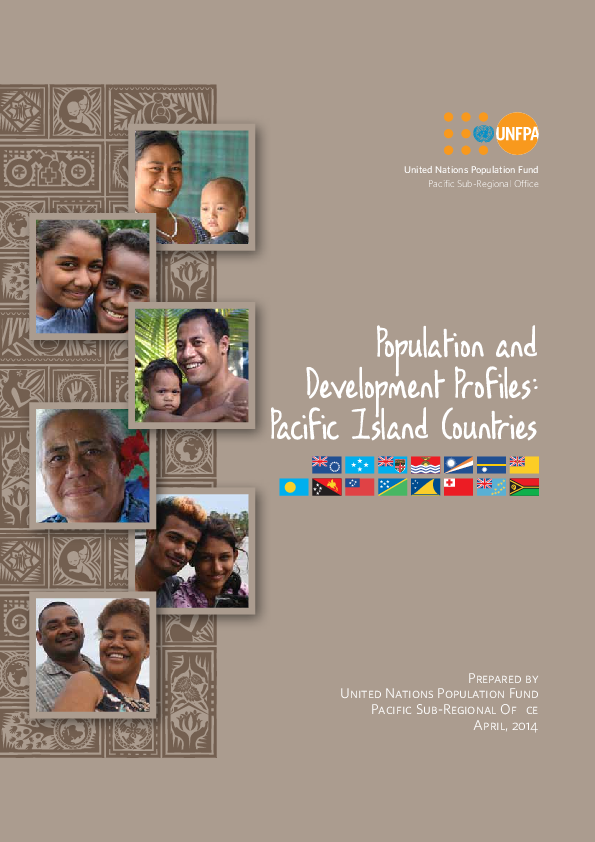
Population and Development Profiles: Pacific Islands Countries